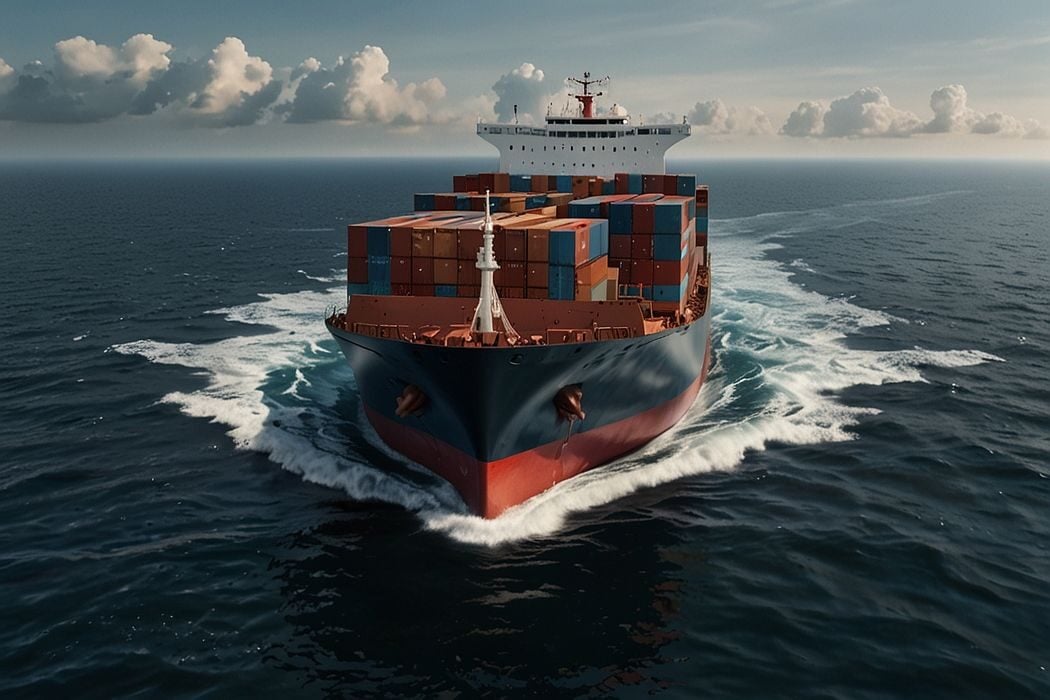
There could be increased 3D printing activity in the maritime sector due to a new set of additive manufacturing standards.
Maritime applications should, in theory, be quite a popular use of the technology. There are many thousands of ships at sea, each of which could use on-board 3D printing technology to produce spare parts without the need to either carry spares or head to port. This approach should save a considerable amount of downtime and money.
There have been several ventures looking into this angle, but so far there hasn’t been a massive deployment of the technology.
That could change with the announcement of standards from IACS, the International Association of Classification Societies, which just published a new recommendation for integrating additive manufacturing into maritime applications.
IACS is an international organization that provides technical recommendations to the maritime industry and works with regulators to promote standards.
They explain their latest recommendation, Recommendation 186, ‘Additively Manufactured Metallic Parts for Marine and Offshore Applications’:
“[It] establishes a framework for the qualification, approval, and certification of additively manufactured metallic parts. This recommendation provides detailed guidance for key aspects of the AM process, including part design, feedstock selection, AM processes, post-processing, and inspection/testing. By incorporating recognized international standards such as ISO/ASTM 52900 and AWS D20.1, it aligns AM technology with existing Unified Requirements, particularly UR W for materials and welding, ensuring equivalent reliability and safety.”
Their goal is to ensure additive manufacturing technology is used in a safe and effective manner in maritime applications — which can be both at sea and in port.
Chair of IACS’ Expert Group on Materials & Welding Alexandre Astruc said:
“Additive manufacturing, or 3D printing, is increasingly becoming a valuable tool for the marine sector, offering a flexible, speedy, and customisable solution for environments where the consequences for safety, sustainability, or operational uptime can otherwise be significant. While its potential for rapid production is notable, its true strength lies in its ability to provide innovative, on-demand solutions tailored to complex maritime challenges. In developing Rec 186, IACS is seeking to safeguard the benefits offered by additive manufacturing by ensuring it is underpinned by a standardised framework for verification and certification that gives confidence to all parties.”
Recommendation 186 will certainly assist in the standardization of AM technology at sea and provide a guideline for those new to the technology that require a robust implementation framework. I’m hoping that it will trigger 3D print companies to take a deeper look at maritime applications and increase the use of the technology.
Via IACS (Hat tip to Benjamin)
